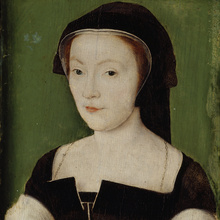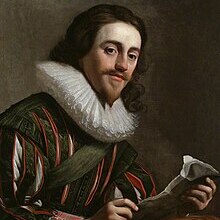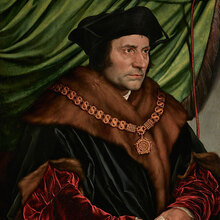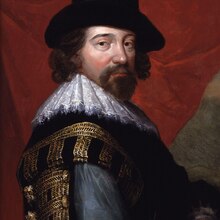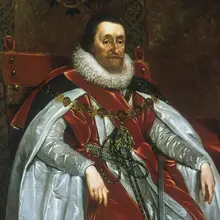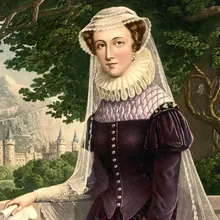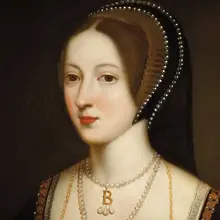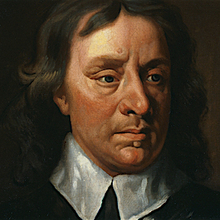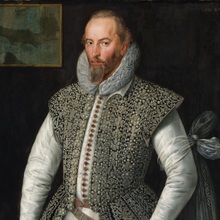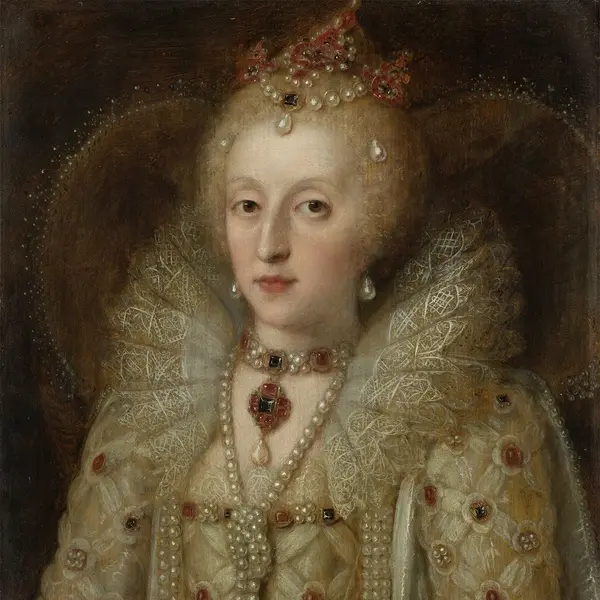
Personal
Other names:
Job / Known for:
Queen of England, Elizabethan era
Left traces:
Defeat of the Spanish Armada
Born
Date:
1533-09-07
Location:
GB
Greenwich Palace, London, England
Died
Date:
1603-03-24 (aged 70)
Resting place:
GB
Death Cause:
Natural causes
Family
Spouse:
Children:
Parent(s):
Henry VIII, Anne Boleyn
QR Code:
Show More
Rank
Users ranking to :
Thanks, you rate star
Ranking
5.0
1
Fullname
Elizabeth I
Slogan
I know I have the body of a weak and feeble woman, but I have the heart and stomach of a king.
About me / Bio:
Show More
Article for Elizabeth I
Died profile like Elizabeth I
Comments:

